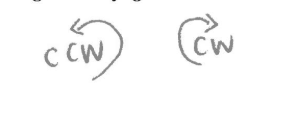
My kids know I see math everywhere. One of them made this series of photos of Murray to amuse me (or maybe to tease me). (1/4) 

• • •
Missing some Tweet in this thread? You can try to
force a refresh












